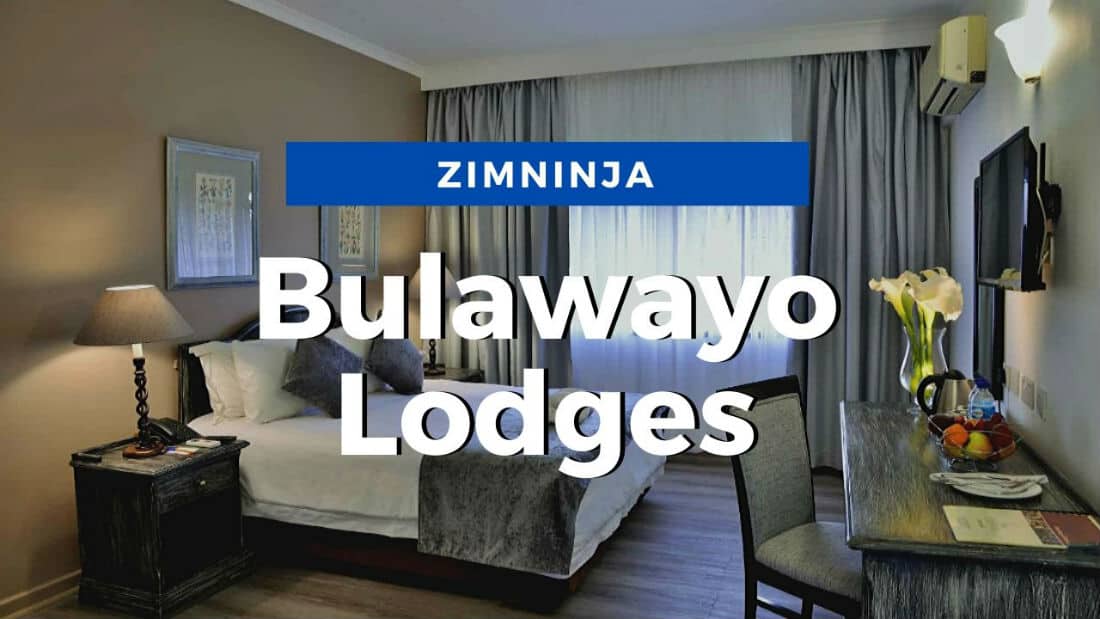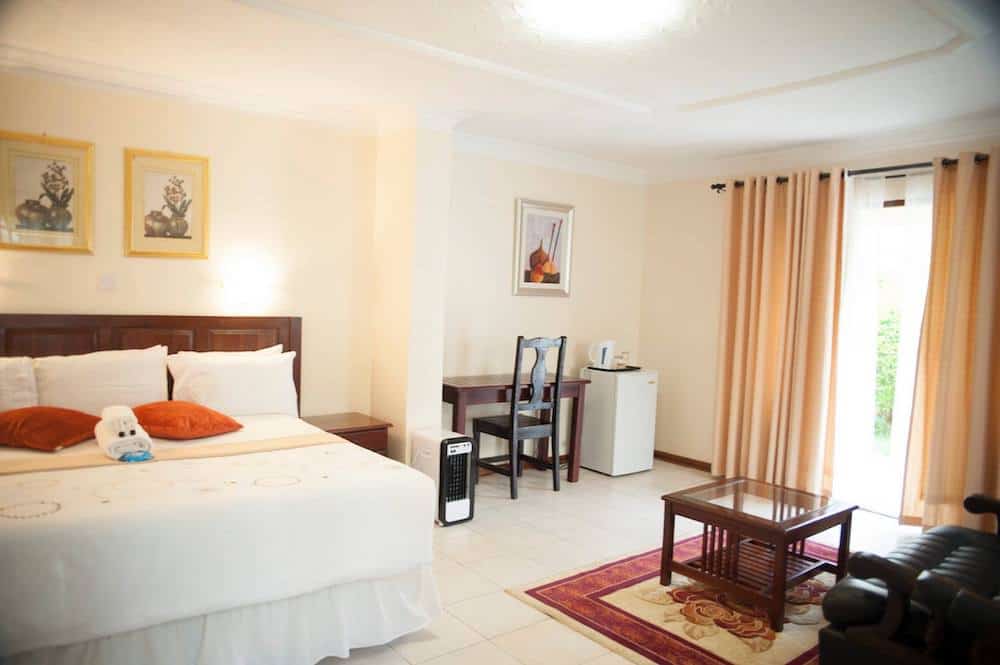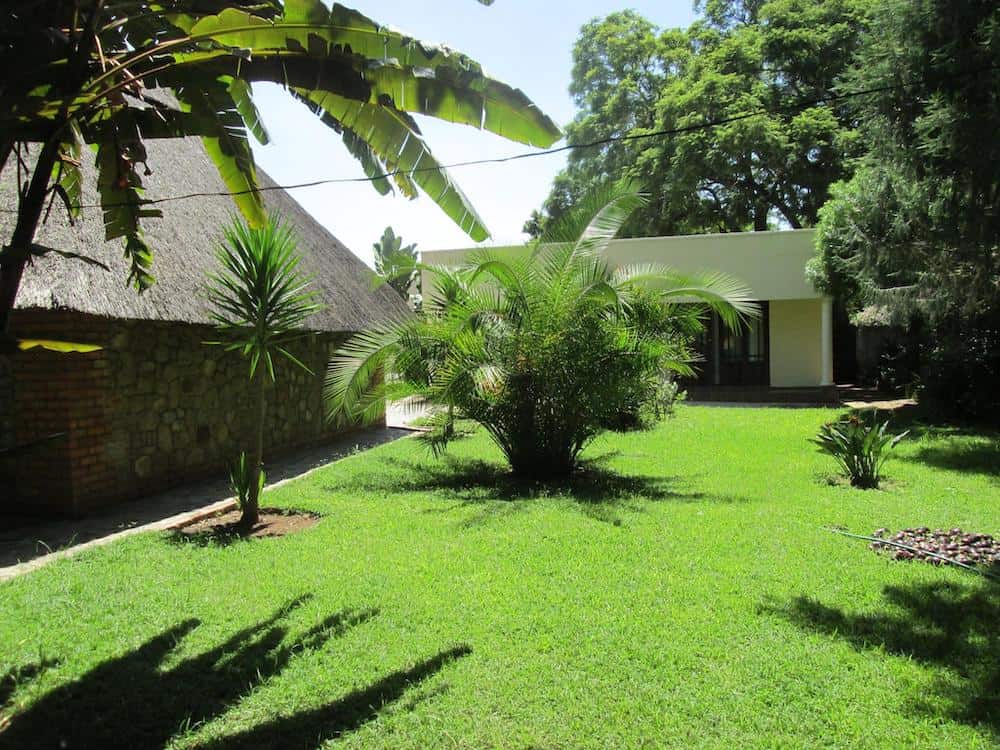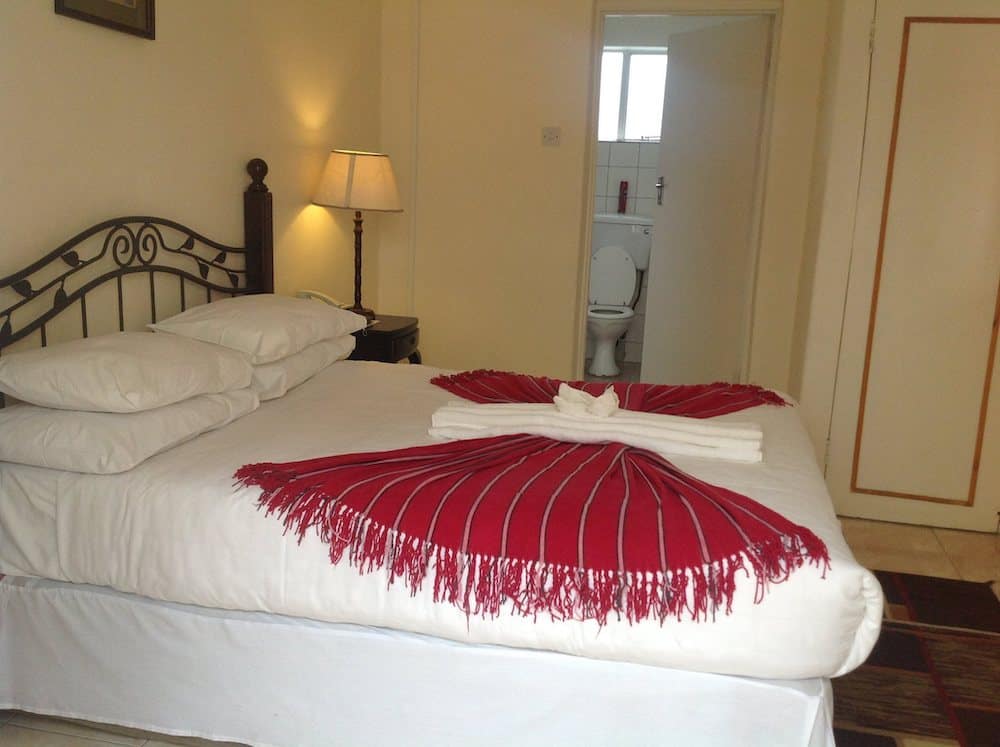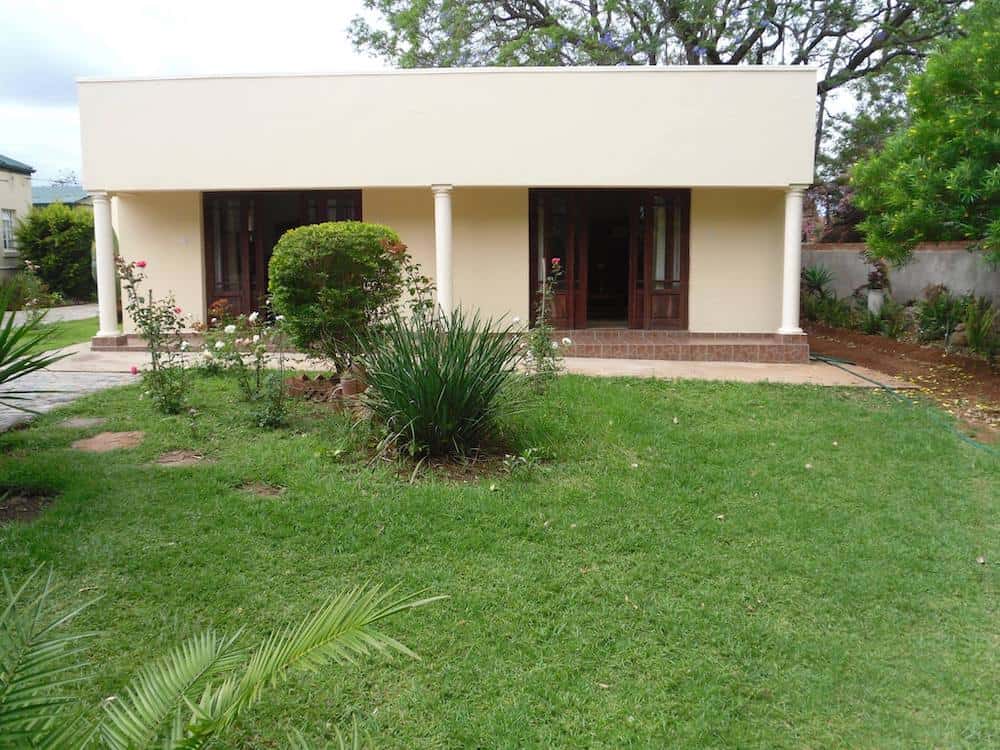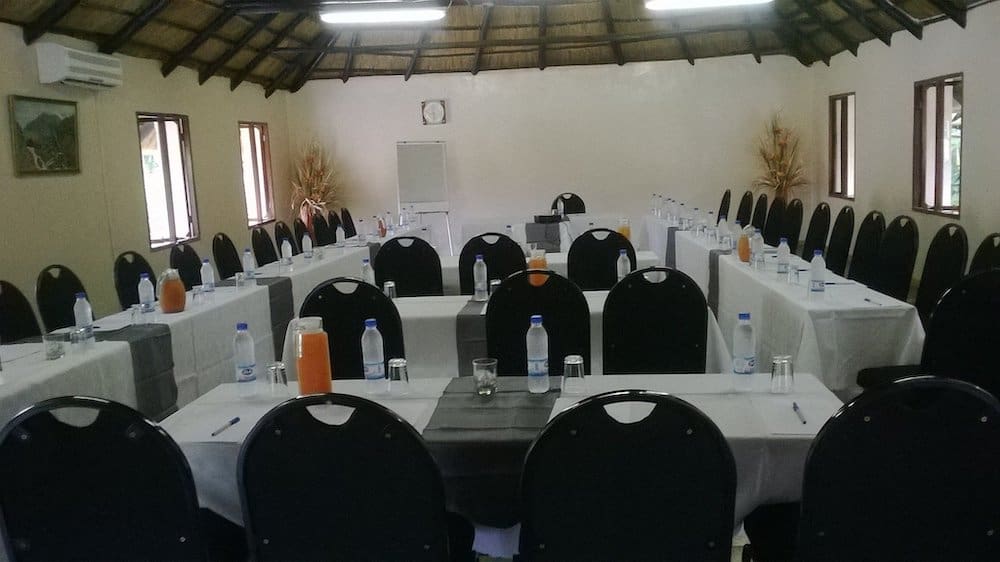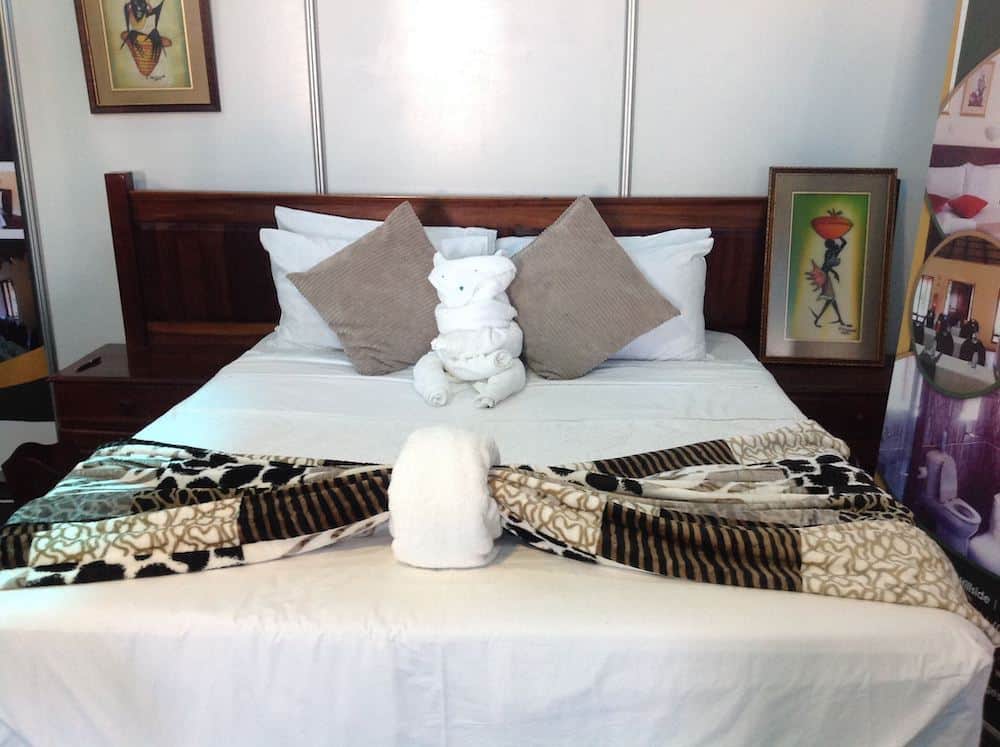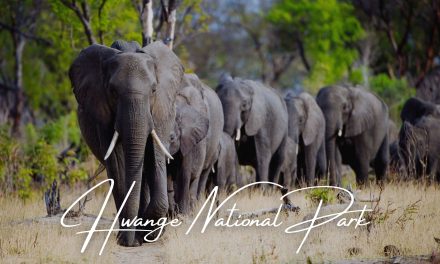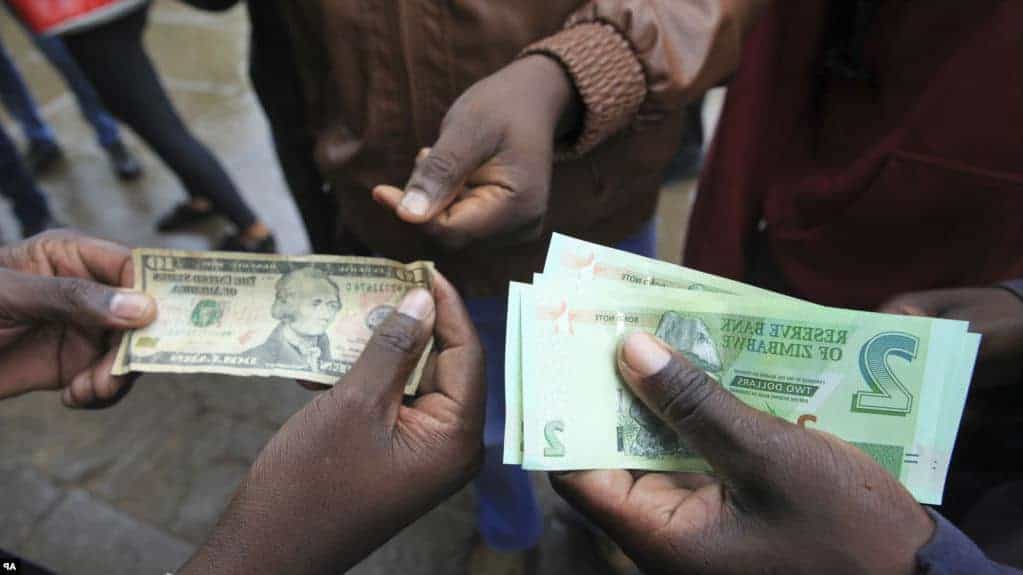Table of Contents
Guide to the best places to stay in Bulawayo
Are you visiting Bulawayo (Zimbabwe) and looking for accommodation to stay at during your stay? Look no further as ZimNinja, has created the ultimate guide to lodges in Bulawayo.
In this guide, we are going to showcase the best lodges and why you should consider staying with them over other accommodation in Bulawayo as well as images, videos and how to contact them directly to book. All in the name of making it easy for you!
Bulawayo is the second biggest city in Zimbabwe and it offers travellers a wealth of attractions for you to visit during your stay as well as routes to the top destination in the country.
Bulawayo (The City of Kings) is the perfect blend of modern and historic culture. Bulawayo stands heads and toes over other cities in Zimbabwe and this is why tourist flock to visit this great city.
And when planning a trip to this majestic city of Bulawayo, you need to have the right accommodation, something that fits in with your budget and desired comforts as Bulawayo lodges can offer different amenities for their prices, you would need to be really careful in planning your budget.
Our Guide to the best lodges in Bulawayo
Wozani Lodge
Wozani Lodge is situated in the heart of Bulawayo in a Suburb called Hillside, very close to all amenities and attractions. This lodge offers a wide range of services including private luxury rooms, wedding venue, corporate functions and travel tours. This lodge is perfect is you are visiting Bulawayo for either business or pleasure.
How to book accommodation in Bulawayo?
ZimNinja has contacted all the lodges listed above to find out their preferred contact methods.
Click on the lodge were you would like to stay and contact them directly. This will ensure that you are able to get in touch the right way and it will also allow you to get the best possible rate for your stay with them!
Facts About Bulawayo
What is Bulawayo known for?
Bulawayo was founded around 1840 as the kraal of Mzilikazi, the Ndebele king. His son, Lobengula, succeeded him in the 1860s and ruled from Bulawayo until 1893 when the settlement was captured by British South Africa Company soldiers during the First Matabele War. That year, the first white settlers arrived and rebuilt the town. The town was besieged by Ndebele warriors during the Second Matabele War. Bulawayo attained municipality status in 1897 and city status in 1943.
Historically Bulawayo has been the principal industrial centre of Zimbabwe; its factories produce cars and car products, building materials, electronic products, textiles, furniture, and food products. Bulawayo is also the hub of Zimbabwe’s rail network and the headquarters of the National Railways of Zimbabwe. In recent years, the city’s economy has struggled, as many factories either closed or moved operations to Harare. Still, Bulawayo has the highest Human Development Index in the country, at .649 as of 2017.
Bulawayo’s central business district (CBD) covers 5.4 square kilometres (2.1 sq mi) in the heart of the city and is surrounded by numerous suburbs towards the outskirts. The majority of the city’s population belong to the Ndebele people, with minorities of Shona and other groups. Bulawayo is home to over a dozen colleges and universities, most notably the National University of Science and Technology. The Natural History Museum of Zimbabwe, formerly the National Museum, is located in Bulawayo. The city is in close proximity to tourist sites such as Matobo National Park and the Khami World Heritage Site.
How old is Bulawayo?
Where did the name Bulawayo come from?
How far is Bulawayo from Harare?
Bulawayo City Status?
Bulawayo Railway Line
Bulawayo Map
Bulawayo
Place ID: ChIJc49zqPNTtR4Rfu0HP1xVLR0

